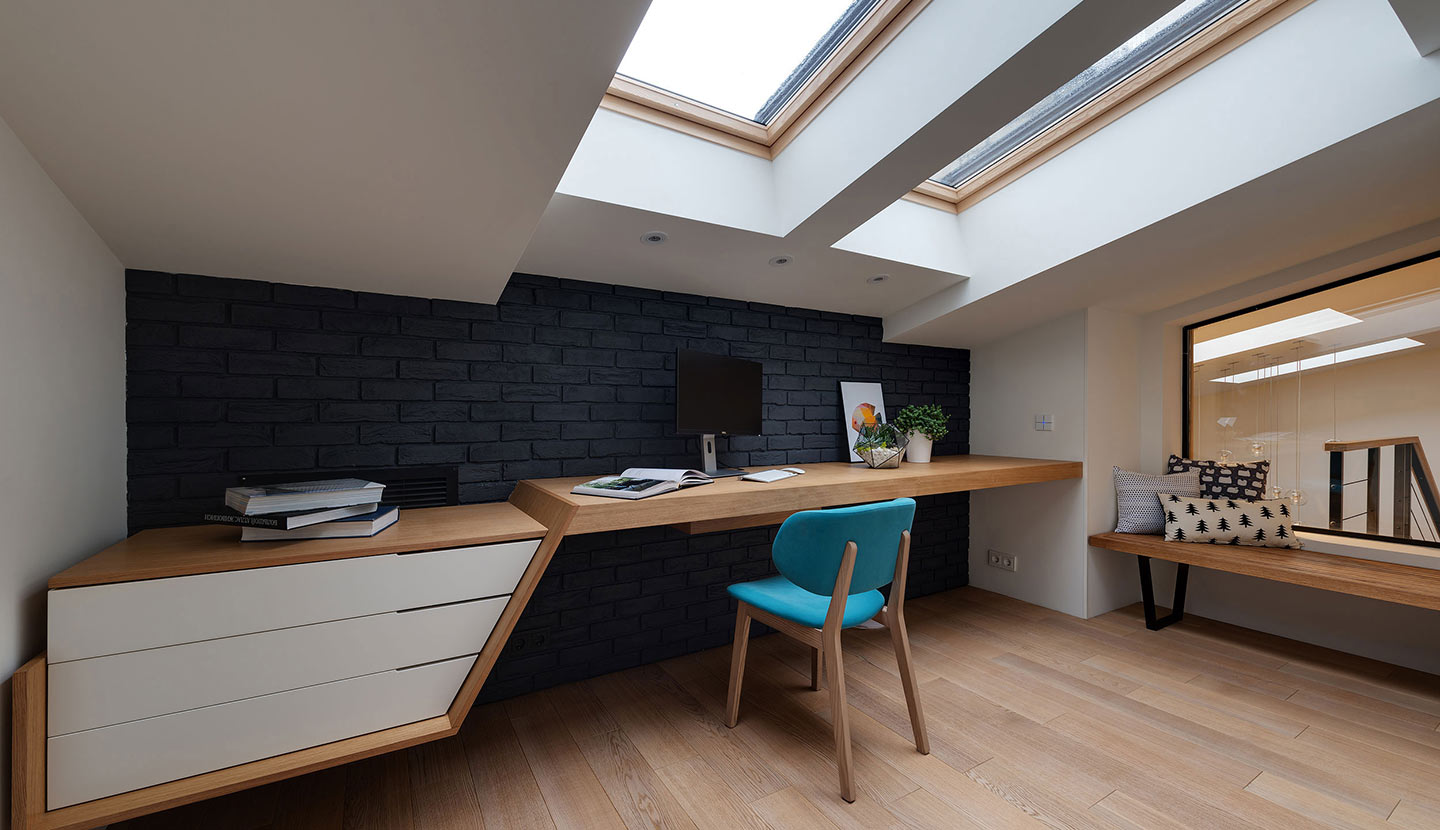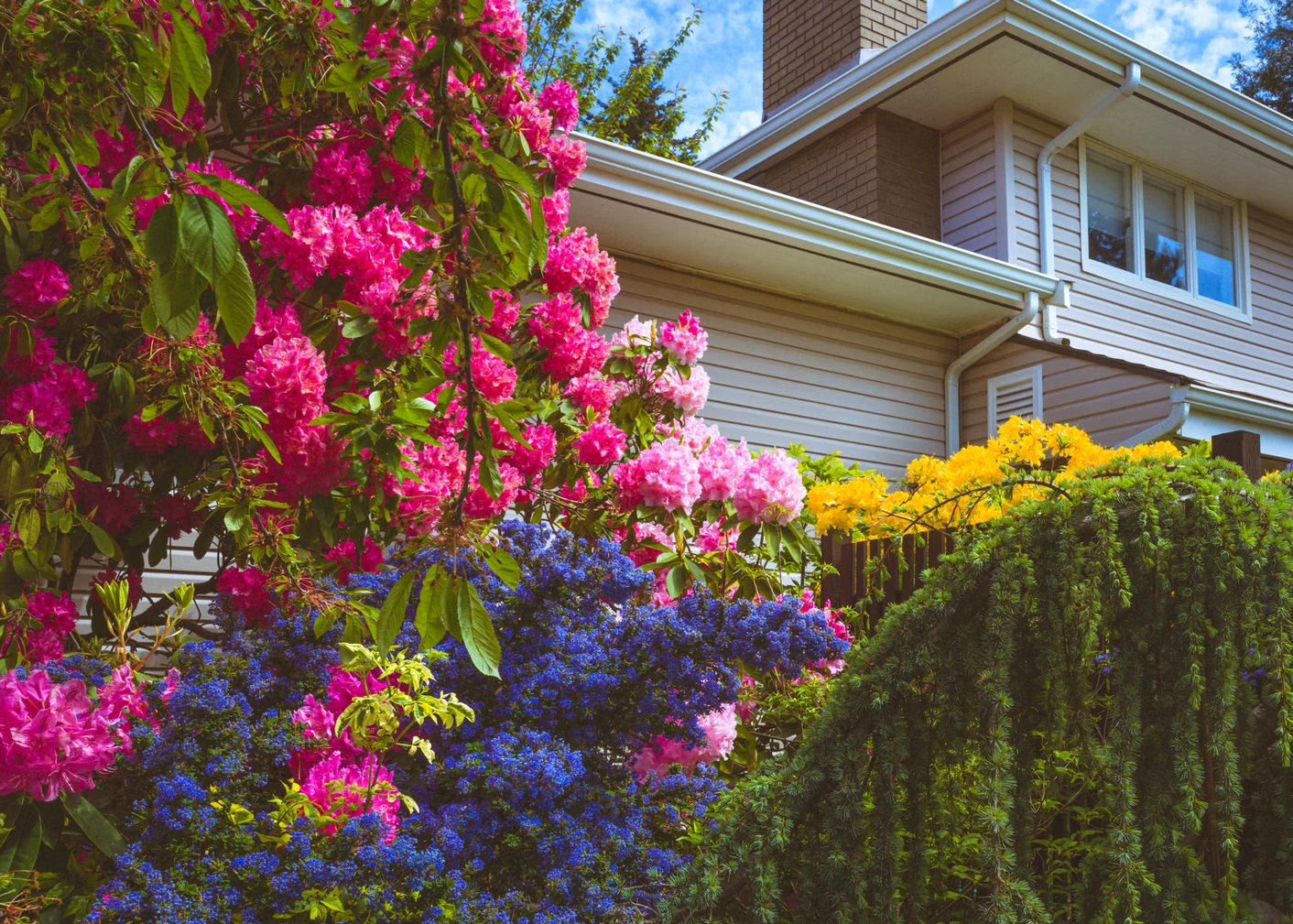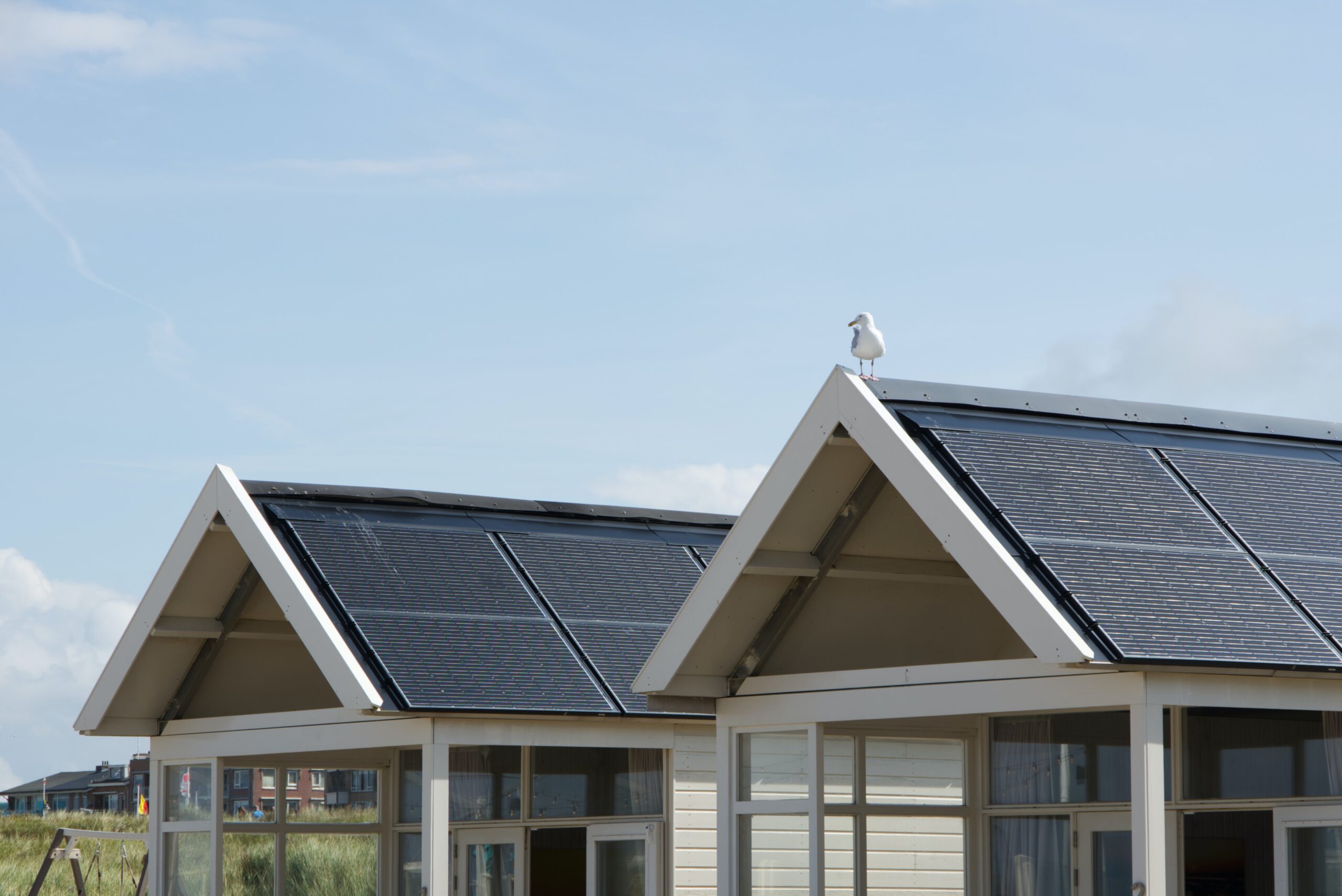Sustainable Landscaping Guide for 2022
Green spaces elevate our lives in many ways. They can uplift our home’s aesthetic, encourage outdoor living, and even increase home value. We see many landscaping practices that, unfortunately, require many environmental sacrifices, such as using unnecessary amounts of water or using systemic herbicides that seep into our groundwater and are threatening the extinction of our pollinators, or shallow rooted sod where grass does not thrive contributing to soil erosion. But don’t lose hope, there are many sustainable practices that can be easily added to your gardening routine. This guide will help you achieve the landscapes you’ve always wanted without hurting the environment.
Make Sure Your Soil Is Healthy
Healthy soil promotes healthy plants that are resistant to pests, disease, and drought, among other things. Composting and mulching, and enabling soil organisms to grow while avoiding pesticides will help foster healthy soil. The organisms will break down compost, mulch, and plant clippings into necessary nutrients. Plants fed on these nutrients stay robust and naturally pest-resistant. If you’re not sure how to get started, our Vice President of Engineering and Construction, Erin Sorensen, is an expert in composting and loves sharing her passion for sustainable gardening.
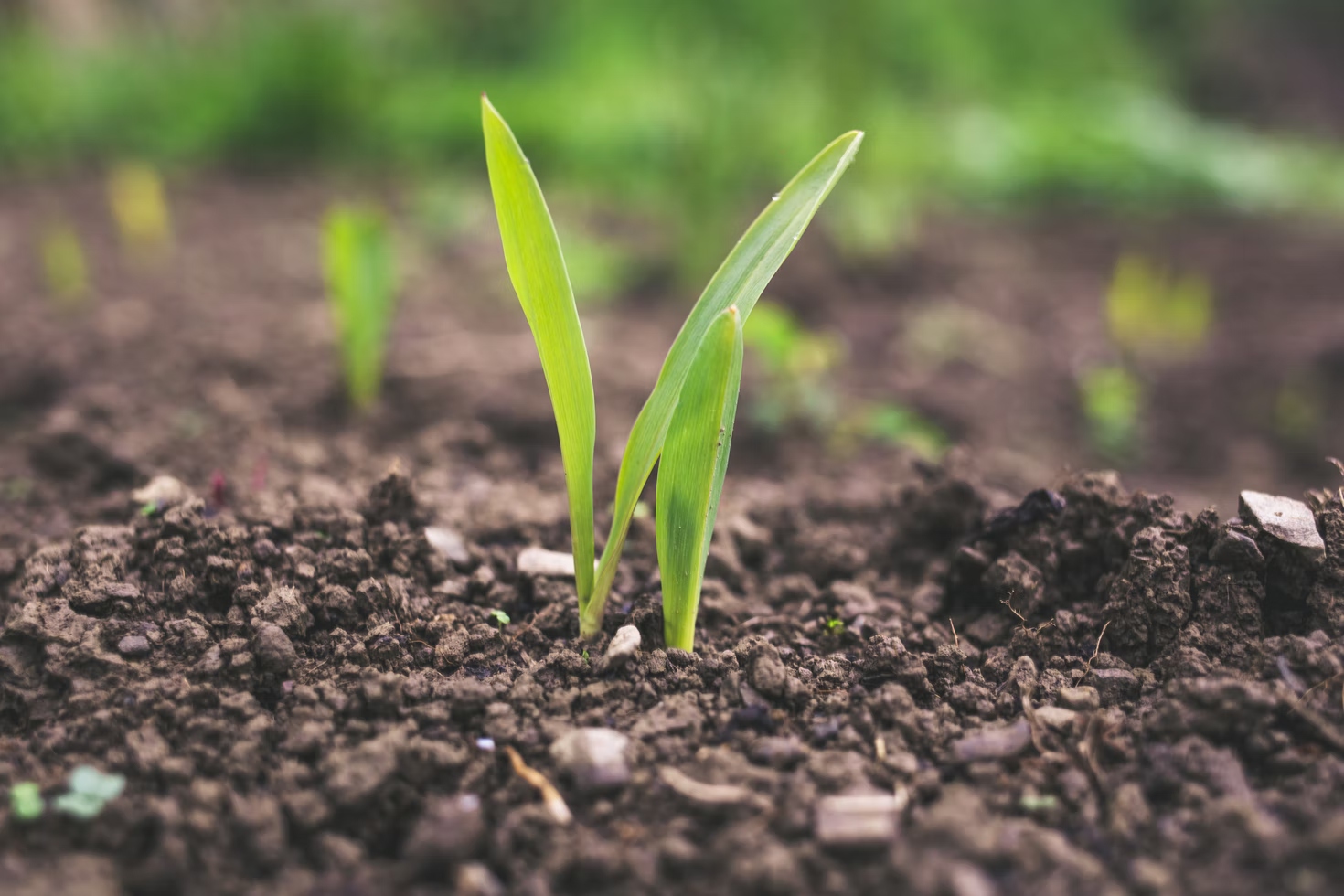
Plant With Care
Placing plants strategically improves the sustainability and functionality of your yard. By grouping plants based on their care requirements, you can reduce water usage and reduce the level of effort needed to care for your yard. Soil, sun, and space are important considerations when you are matching plants with locations in your yard. For example, some plants are more sensitive to sun exposure than others. This information can typically be found online or on your seed packet.
If you want to plant seeds and watch plants grow from scratch for your eco-friendly home, you should:
- Plant in the late spring or early autumn.
- Reduce puddling and erosion by grading the soil surface.
- Section the area into an even number of plots and divide the seed appropriately.
- Hand-toss the seed evenly. Begin with a modest spread and gradually increase the amount until it is gone.
- Rake lightly into the dirt.
- Roll using a grass seed roller or packing down with the rear of a shovel to increase seed-to-soil contact.
Learn How to Water Properly
Some plants can withstand a wide variety of water conditions, while others are more sensitive. Watering the plant too much or too little might cause it to wilt. Combining plants with similar watering requirements makes it simpler to deliver the appropriate quantity of water. Water close to the roots to maximize water consumption. Drip irrigation and other smart irrigation technologies allow you to give water straight to the roots, reducing weed growth.
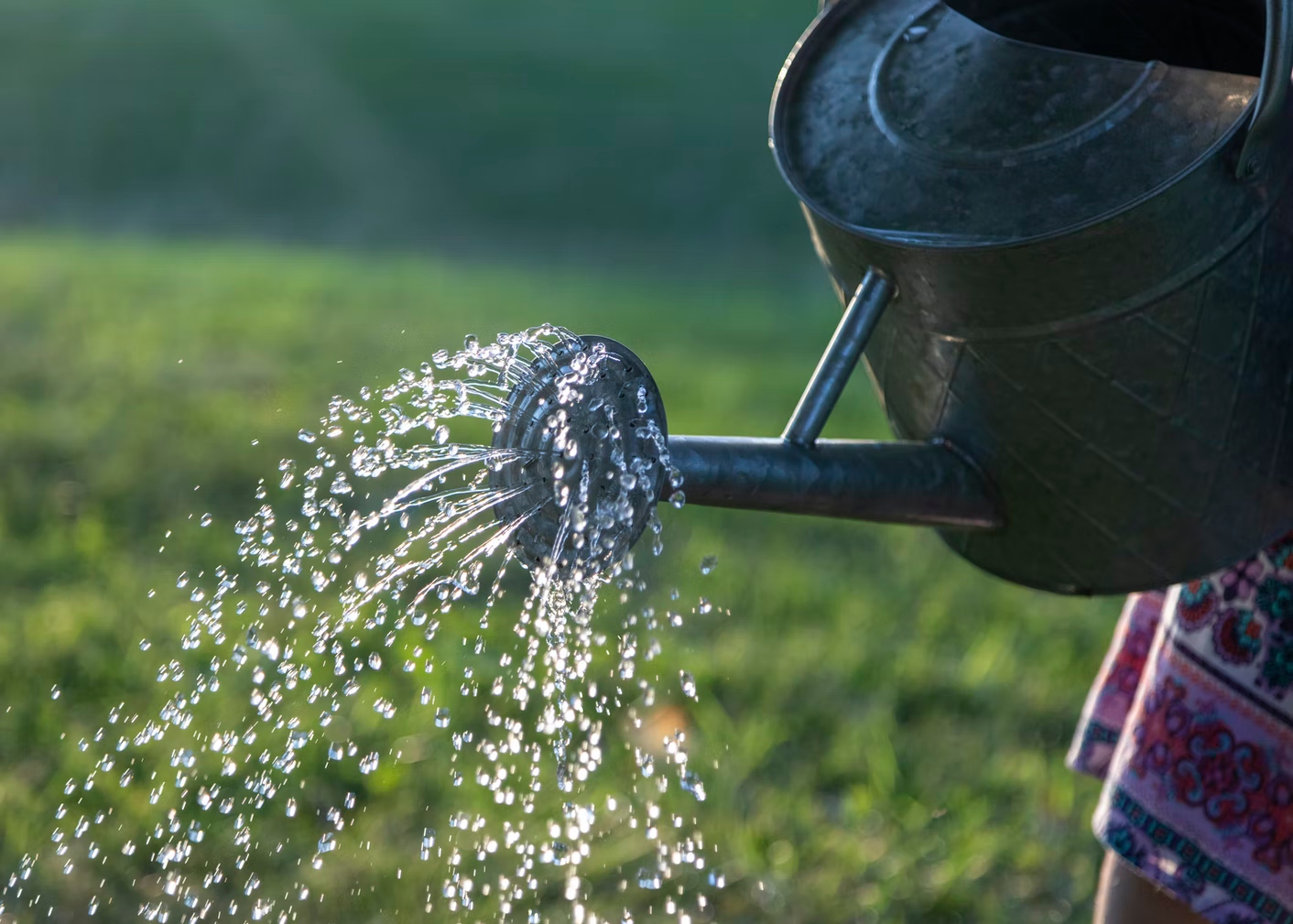
Consider Having a Rain Garden
Rain gardens prevent runoff after heavy rain by absorbing and channeling rainfall into your garden. This lessens the quantity of water entering directly into stormwater systems. Rain gardens also help reduce the danger of floods and pooling on your property.
Make Use of Smart Pest Management
There are various natural pest and weed control options that, when applied together, may help avoid the usage of pesticides and herbicides. Three options come to mind when we say smart pest management:
- Cultural management includes withdrawing irrigation water and fertilizer from areas where weeds are not desired.
- Physical measures include hand eradication of weeds using tools and suffocating weeds with a mulch barrier.
- Biological controls include choosing competitive, appealing plants that make it difficult for weeds to thrive and attracting helpful insects to manage insect pests.
These are sustainable options, and we strongly advise you to use them in your eco-friendly landscaping endeavors.
How to Plant Trees
Trees make for great natural weather protection. In colder areas, especially in winter, the wind can be brutal. Evergreen trees can help reduce the harshness of wind and keep it from entering your home’s insulation, promoting sustainable design. If you live in a hot region and want to save money on summer cooling, consider planting shade trees in your yard that block harsh light from reaching the windows.
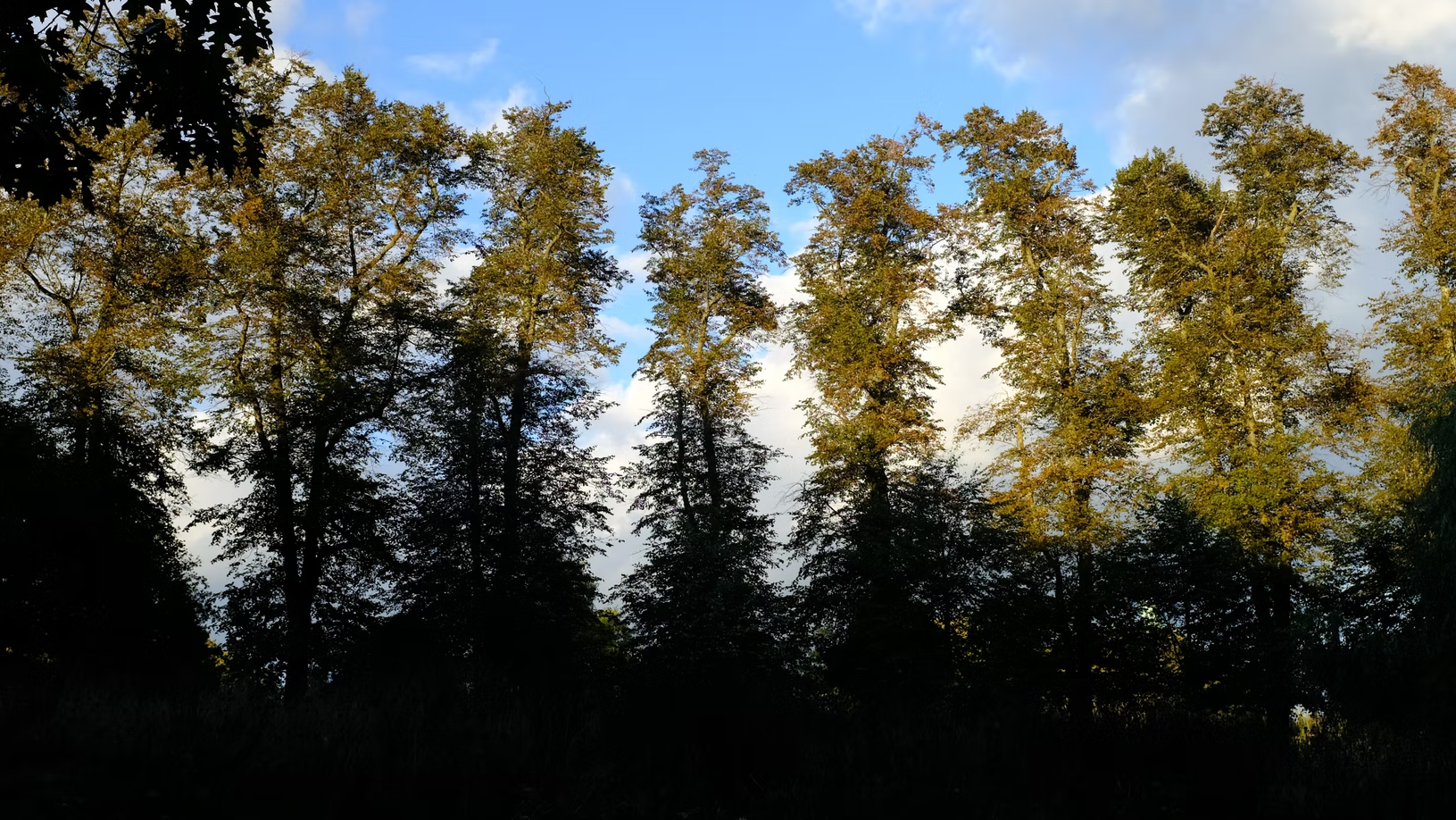
The best technique to limit light and heat entering the home is to plant deciduous trees on the south side. You should also consider the size and location of your trees, particularly if you want to avoid utility wires. Most trees should be kept at least 50 feet away from your house, especially bigger trees like maples and oaks. Redbuds, dogwoods, and crabapples should be placed between 20 to 25 feet from your sidewalk.
The Benefits Of Sustainable Landscaping
Eco-friendly landscaping is a great option for creating beautiful gardens that are more self-sufficient and contribute to the functionality of your home. If you have a backyard and a front yard and are not sure if you want to switch to sustainable practices for both, we encourage starting with the front yard. A well-kept front yard can boost the curb appeal and add value to your home, and if you decide to switch homes in the future, this can help you increase the value of your home when you sell the house.
We hope this guide will inspire you to consider implementing some sustainable practices into your gardening routine. It can be a slow process at times, but it’s always worth the wait to have a beautiful garden that brings you joy while bettering the environment.



